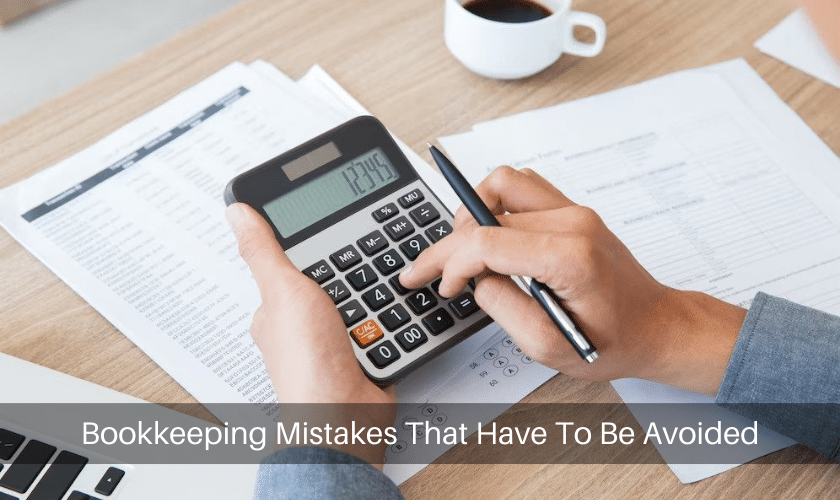Know the Basics of Small Business Bookkeeping

Know the Basics of Small Business Bookkeeping
It is essential to have an idea about the art of bookkeeping in order to successfully run a small business. You might find it surprising to know that bookkeeping is one of the many factors that help to grow a business. Are you wondering about what bookkeeping actually is? Well, it can be defined as the process of organizing and recording the financial transactions of a business. The person responsible for conducting the entire process is known as a bookkeeper. Business owners or businessmen can keep a track of their business with the help of bookkeeping and can also figure out if it’s profitable. Proper bookkeeping also acts as an effective method of identifying financial challenges and resolve them as early as possible. The primary task of a bookkeeper is to keep a record of the transactions, send the invoices, pay the bills, manage the accounts and ultimately prepare the financial report.
As you might have figured out from the topic that in this blog we are going to discuss the basics of small business bookkeeping. Being aware of the basics will help you gather knowledge about how to manage bookkeeping for small business. We are providing the basics in the pointers below:
Gain clarity about business accounts:
The first step is to find out all information related to the business account. This involves knowing about the payrolls and a record of all the financial transactions. Bank accounts are of 5 different types:
- Liabilities – debts owned by the business and the obligations
- Assets – the resources and cash owned by the business
- Income or Revenues – the money earned by the business via sales
- Expenditures or Expenses – the cash the flows out of the business for buying external assistance, service or items
- Equity – the value or amount which remains in the account after the liabilities are deducted from the assets.
The primary role of the bookkeeper is to set up all the accounts so that the business owner can record the transactions in the various categories.
Set up the business accounts
Knowing in and out about your business account is one thing and set up the business accounts is another thing. A physical book known as the general ledger used to be created to keep a track of the transactions in the days when there were no computers. But, with the advancement of technology, computers are used nowadays to get the job done. The three different methods of creating a general ledger are being mentioned below:
- A desktop accounting software for bookkeeping
- Spreadsheet software
- Cloud-based software for bookkeeping
Choose a Particular Bookkeeping Method
The next step is to decide on the type of bookkeeping method you want to use. There are two different types of bookkeeping – single-entry bookkeeping and double-entry accounting system. Now, let us talk about what these two methods actually are. A single-entry booking is a process where an item of expenditure is recorded only once. On the other hand, in the case of double-entry bookkeeping, one entry demands another in the other account.
Keep a Record of Every Financial Transaction
After setting up the financial accounts and also selecting a particular type of bookkeeping, it is necessary to track and record every financial transaction. This is a very important and challenging task that can only be done by a professional.
Balance the Books
Balancing the books is the last and perhaps one of the most important steps of bookkeeping. The tally should match while tacking the account debits and credits. Only then will the book be considered as balanced.
We hope that you have now found an answer to all questions related to the basics of small bookkeeping. There are several benefits of small business bookkeeping if done correctly. If you have any further queries, get in touch with Smith & Smith CPA’s. We are here to solve all your problems by providing the best services possible.




